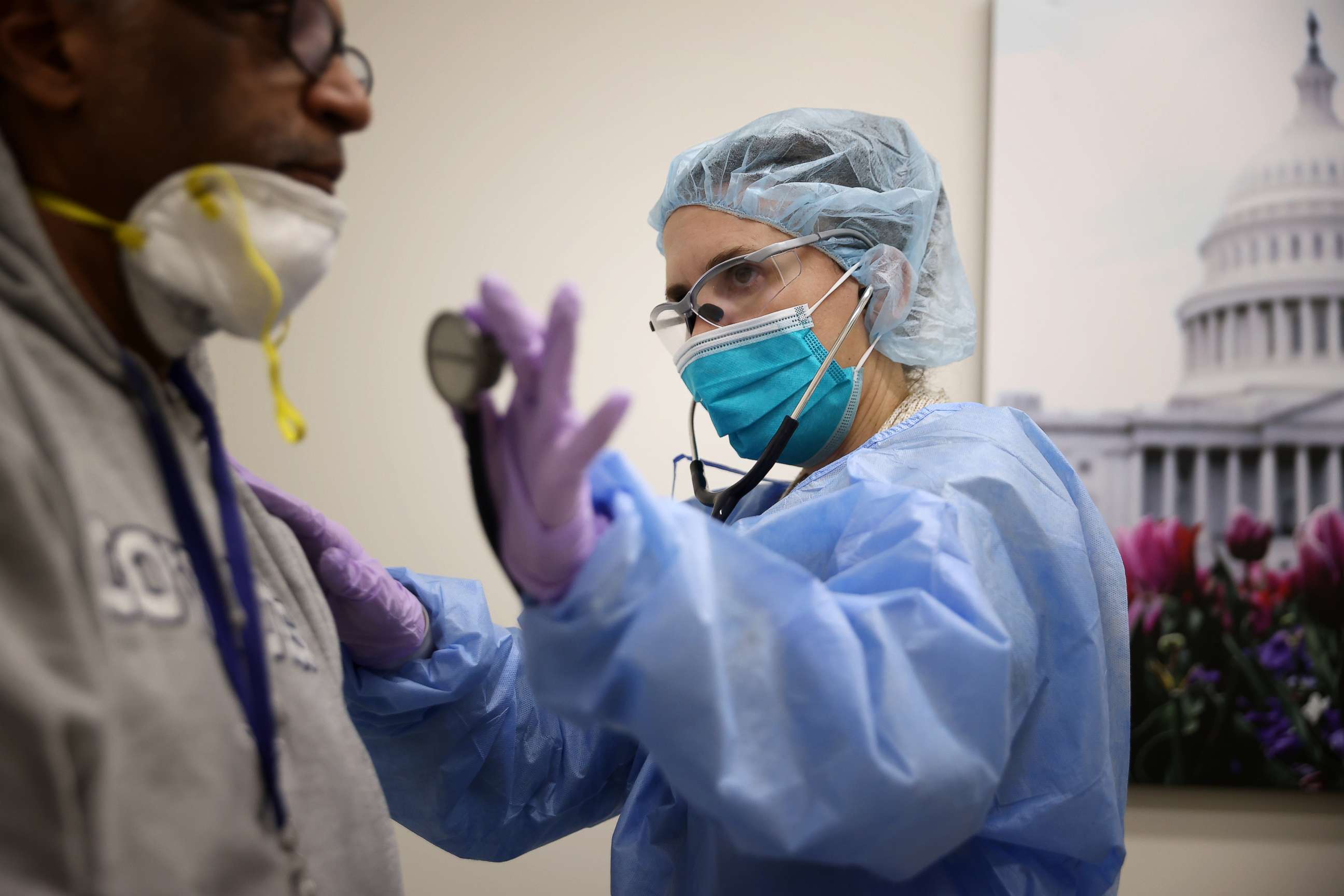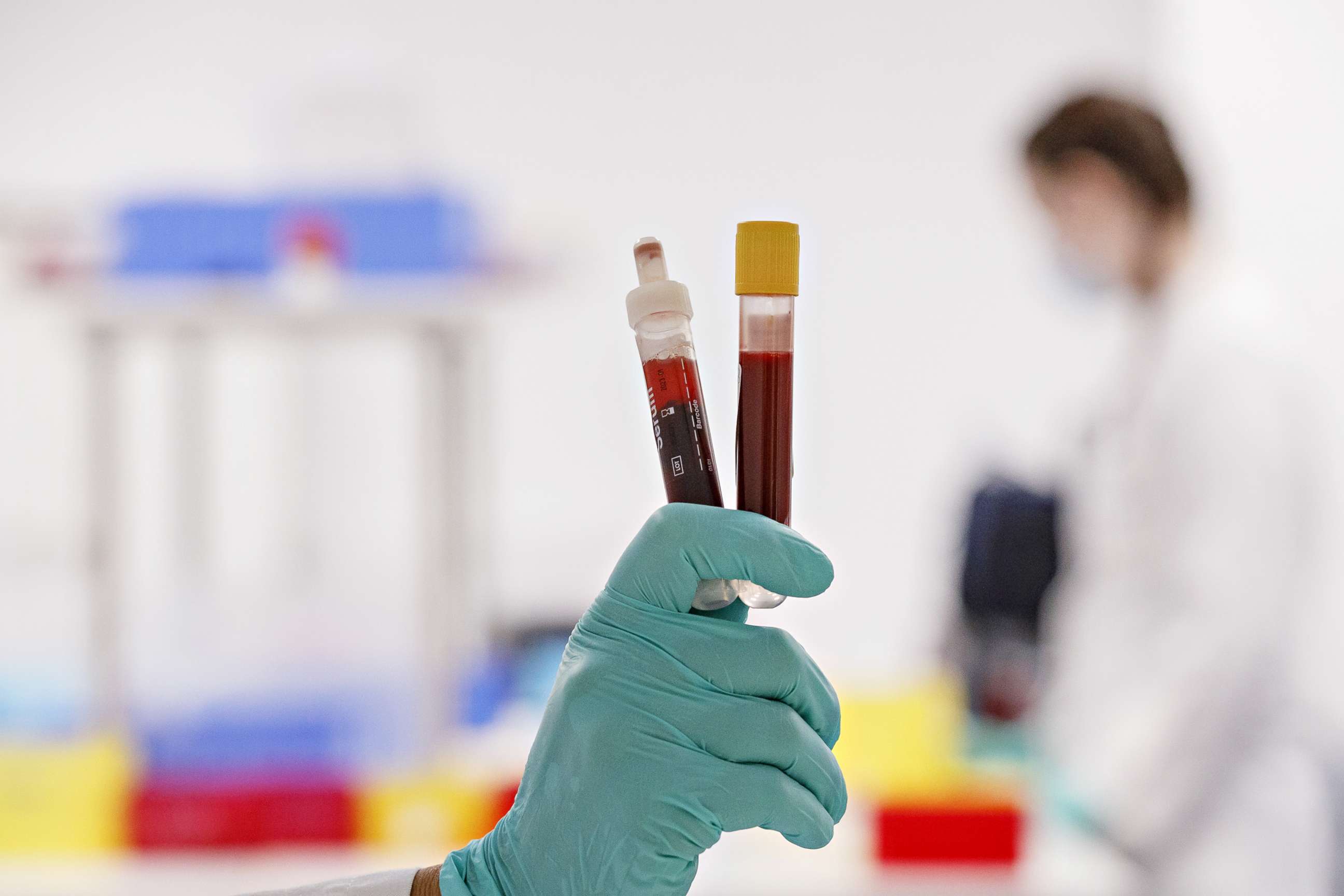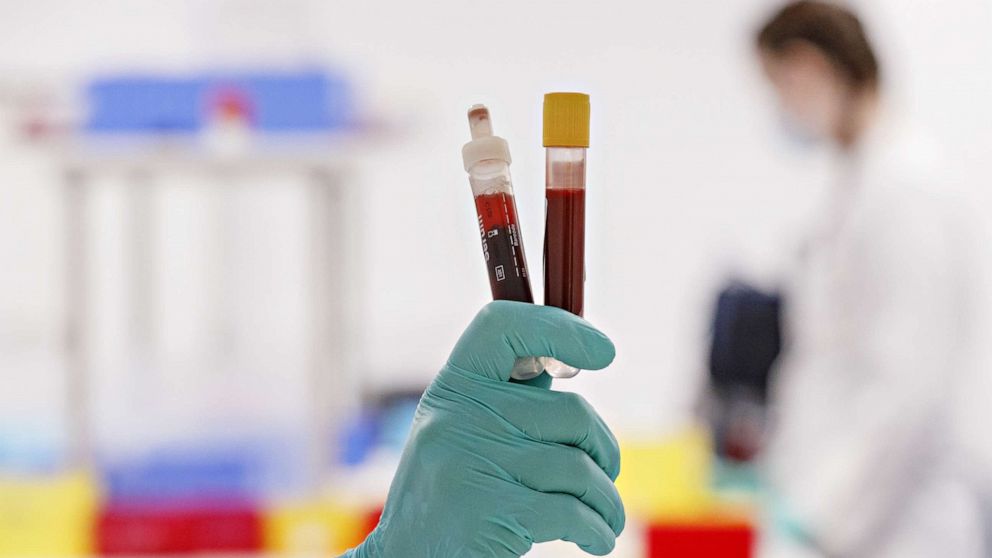Explaining how a plasma transplant may help coronavirus patients recover
Experts are hoping a century-old technique used for treating epidemics may hold new promise for treating COVID-19 patients. It’s the much talked about treatment called convalescent plasma.
The question doctors and researchers are asking is this: Can the blood of a recovered coronavirus patient be donated to help others who are sick?
People who have been infected with the coronavirus can begin to form antibodies in a matter of days after becoming infected. These antibodies are tailor-made by the immune system to fight the novel coronavirus and are felt to be a key component of recovery. Antibodies are believed to work by neutralizing the virus.
While there is no guarantee that antibodies to this new virus actually provide immunity, scientists are hopeful that once someone produces antibodies to the coronavirus, those antibodies may offer some protection.
Scientists are hoping to tap these powers from one person’s immune system to help others.
About 21 to 28 days after a person recovers, blood can be drawn to look for the coveted antibodies. Plasma is the yellow, liquid part of the blood where the potentially life-saving COVID antibodies may be.

Doctors are giving this plasma as a treatment for hospitalized COVID patients right now. The first convalescent plasma treatments in the United States for COVID-19 were performed in late March in New York and Texas under the Food and Drug Administration’s Emergency Investigational New Drug process.
Doctors and researchers are monitoring progress closely, as they know it will take time to determine how well convalescent plasma works. The strongest evidence regarding the effectiveness and safety of the experimental treatment will come from clinical trials.
Since the first patients were approved by the FDA on a case-by-case basis, the FDA has now expanded access opportunities for doctors to help patients receive convalescent plasma.
The government is now also supporting a National Expanded Access Treatment Program “to collect and provide convalescent plasma to patients in need across the country.”
The Mayo Clinic serves as the lead institution for the National COVID-19 Convalescent Plasma Project, where more than 1,600 sites across the country have registered to make plasma available for COVID patients.
So far, more than 2,000 patients have been enrolled in the program and more than 600 patients have been given the treatment.
According to the program’s protocol, initial data from COVID-19 convalescent plasma studies so far “indicate that a single dose of 200 milliliters (just over 13 tablespoons full) showed benefit for some patients, leading to improvement.”

Doctors at Johns Hopkins are also exploring the possibility of using convalescent plasma to boost the immune systems of health care workers and others who may have been exposed to the coronavirus.
Patients and doctors alike are hoping convalescent plasma will be a bridge to a time when effective treatments or an approved vaccine are available.
For more information about convalescent plasma including to see if you can be a donor, below are some useful links.
- National COVID-19 Convalescent Plasma Project
- Expanded Access Program for Convalescent Plasma
Dr Mark Abdalmalek is an ABC News contributor and a board certified dermatologist. Along with Priya Amin, a member of the ABC News Medical Unit, and animators Alex Gilbeaux and Donald Pearsall, they produced the "Blood Plasma Explained" animation.
What to know about the coronavirus:
- How it started and how to protect yourself: Coronavirus explained
- What to do if you have symptoms: Coronavirus symptoms
- Tracking the spread in the U.S. and worldwide: Coronavirus map
Tune into ABC at 1 p.m. ET and ABC News Live at 4 p.m. ET every weekday for special coverage of the novel coronavirus with the full ABC News team, including the latest news, context and analysis.




